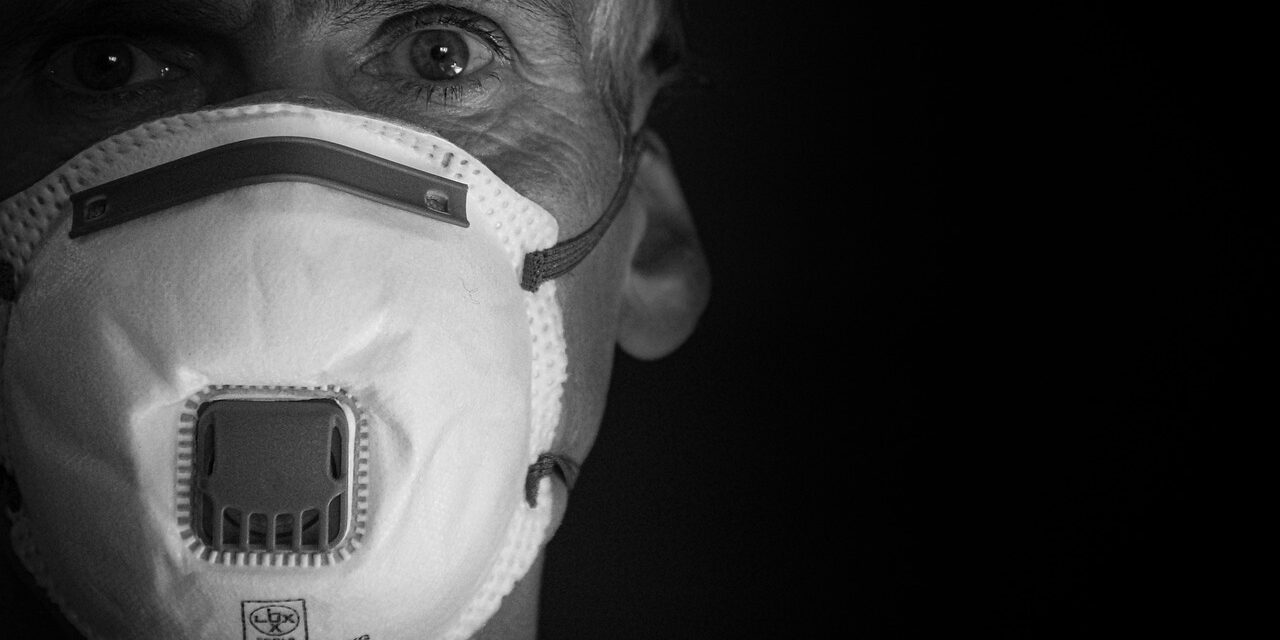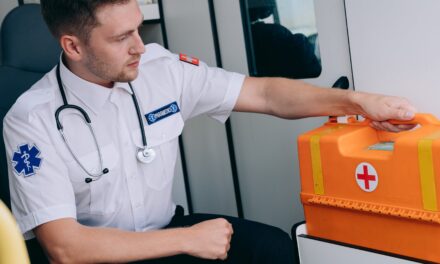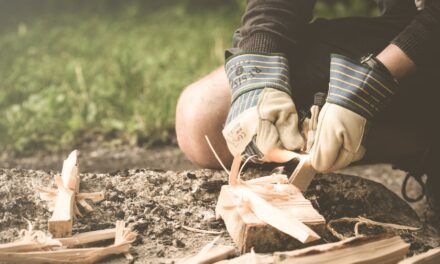Disasters can strike with little to no warning, upending lives and communities. Whether it’s a natural disaster like a hurricane, earthquake, or flood, or man-made events such as a chemical spill or power outage, being prepared can make a significant difference in your ability to cope and recover. This guide will walk you through essential steps to prepare for a disaster, ensuring you and your loved ones can face any crisis with confidence and security.
Preparation involves more than just having an emergency kit; it’s about creating a comprehensive plan that covers all aspects of your safety, communication, and recovery. By understanding the risks specific to your area and planning accordingly, you can enhance your readiness and reduce the impact of disasters when they occur.
In this article, we’ll cover the crucial areas of disaster preparedness, including risk assessment, emergency communication plans, essential supplies, and how to secure your home and community. We’ll also provide practical tips on maintaining your readiness over time. Whether you are starting from scratch or looking to refine your existing disaster plans, this guide aims to equip you with practical, actionable advice to improve your disaster preparedness.
Continuing with the in-depth explanations about how to prepare for a disaster:
Understanding and Assessing Risks
The first step in preparing for a disaster is understanding the types of disasters that are most likely to occur in your area. This could include natural disasters such as hurricanes, earthquakes, or tornadoes, or human-made disasters like industrial accidents or terrorist attacks. Conduct a risk assessment to identify the specific hazards you need to prepare for, considering factors such as geographic location, climate, and local emergency response capabilities.
Creating an Emergency Communication Plan
Effective communication is crucial during a disaster. Establish a plan that includes how your family members will contact one another, where you will meet if you cannot return home, and how you will receive emergency information from local authorities. Make sure every family member understands the plan and has a copy of important contact information.
Building an Emergency Kit
An emergency kit is a fundamental component of disaster preparedness. Your kit should include:
- Water and non-perishable food to last each person at least three days
- A battery-powered or hand-crank radio for updates
- A flashlight with extra batteries
- A first aid kit
- Personal hygiene items
- Copies of important documents in a waterproof container
- Additional items tailored to your family’s specific needs, such as pet supplies, baby supplies, or medications
Store your emergency kit in a readily accessible location and check it regularly to replace expired items and update supplies as your family’s needs change.
Securing Your Home
Prepare your home to withstand the impacts of disasters by securing heavy furniture, reinforcing windows, and ensuring that your home’s structure is as resilient as possible. Consider professional evaluations for risks such as flooding or earthquake vulnerabilities and make improvements as necessary.
Community Involvement and Resources
Engage with your local community for a coordinated approach to disaster preparedness. Attend community meetings, participate in local disaster drills, and familiarize yourself with the resources and shelters available in your area. Collaborating with neighbors can lead to shared resources and information that enhance your collective preparedness.
Maintaining Preparedness
Disaster preparedness is an ongoing process. Regularly review and update your plans, supplies, and information to ensure they remain effective and relevant. Practice evacuation routes, communication plans, and other procedures annually or as recommended by local emergency management authorities.
Training and Educational Resources
To further enhance your preparedness, consider taking part in disaster preparedness training and educational programs. Many organizations offer courses on first aid, emergency response, and disaster recovery. Educating yourself and your family not only improves your readiness but also equips you with the knowledge to help others in times of crisis.
Conclusion: Ready and Resilient
Preparing for a disaster is crucial for safeguarding yourself, your loved ones, and your community. By assessing risks, creating comprehensive communication plans, building a well-stocked emergency kit, securing your home, and engaging with community resources, you can enhance your resilience to face various disaster scenarios confidently.
Key Takeaways for Disaster Preparedness:
- Know Your Risks: Understand the specific hazards relevant to your area and plan accordingly.
- Communicate Effectively: Have a robust communication plan in place for you and your family.
- Prepare an Emergency Kit: Ensure your kit is well-stocked and regularly updated to meet your family’s current needs.
- Secure Your Environment: Take proactive steps to make your home safer and more resilient to disasters.
- Stay Informed: Utilize community resources and stay engaged with local disaster planning and response activities.
- Continuous Learning: Take advantage of training opportunities to enhance your skills and knowledge in disaster preparedness.
While the thought of preparing for a disaster can seem daunting, taking proactive steps can significantly reduce the impact on your life and give you peace of mind. Remember, preparedness starts with you but extends to the community, creating a network of readiness that can effectively manage any crisis.








